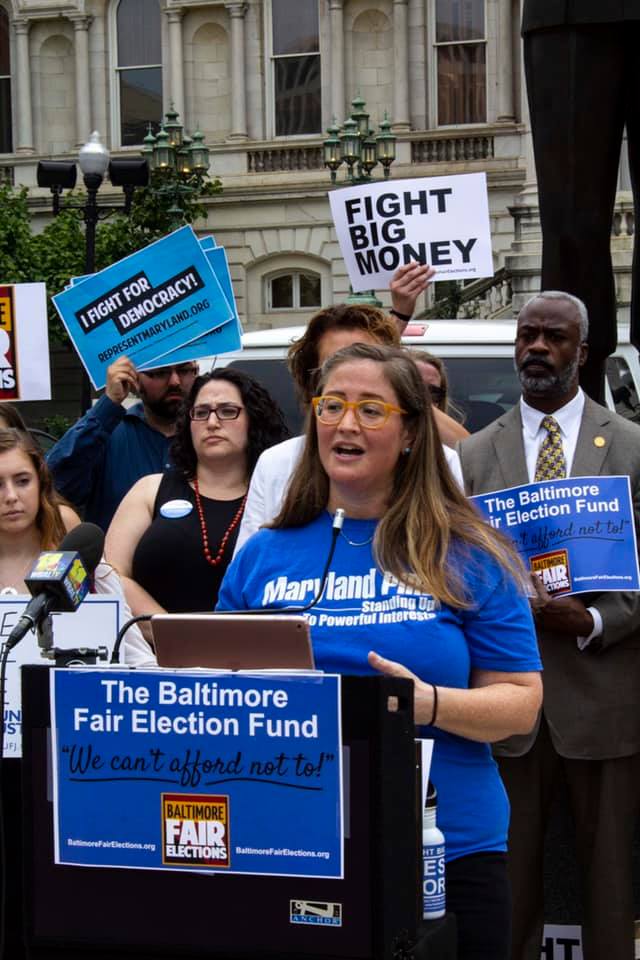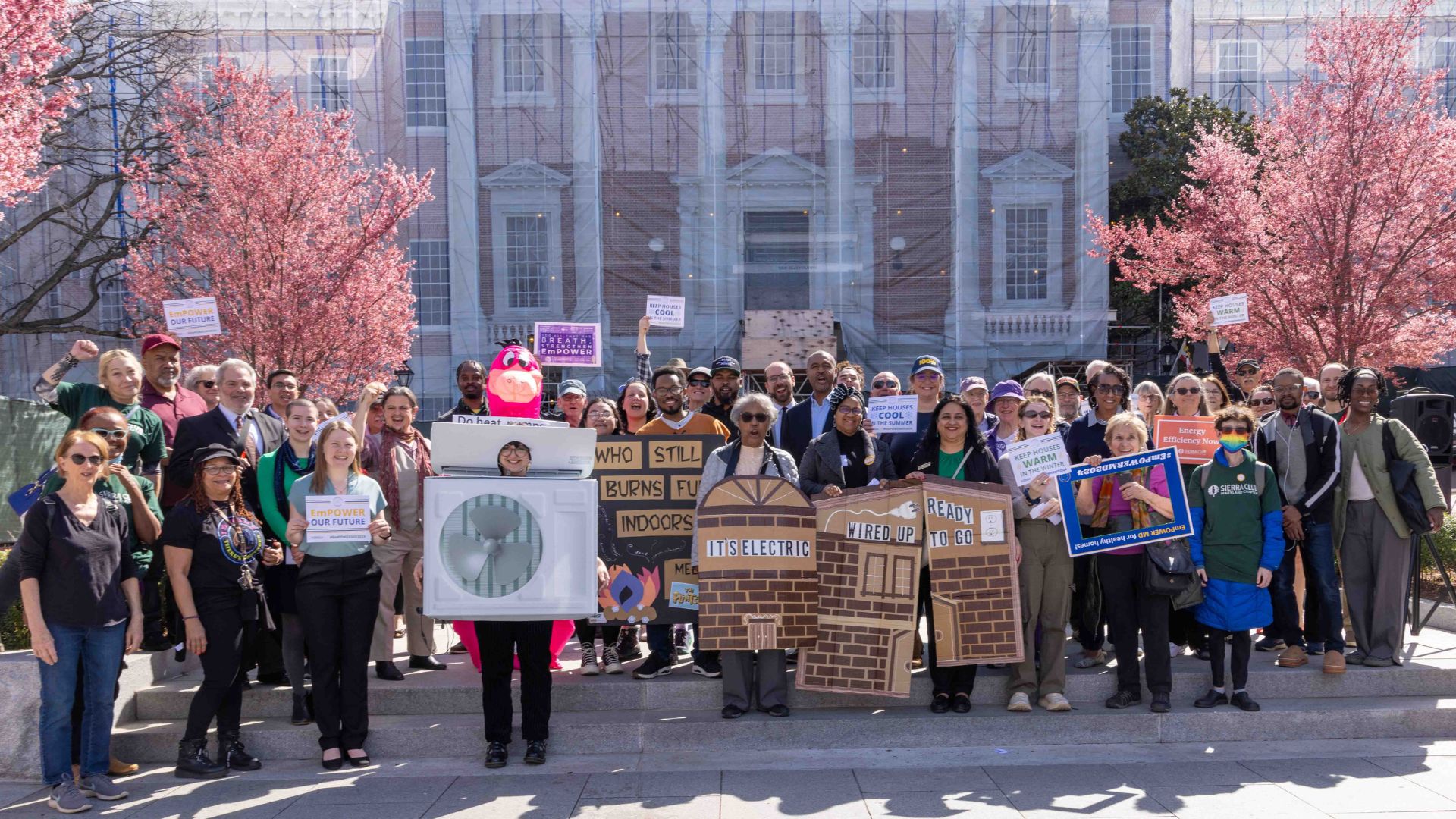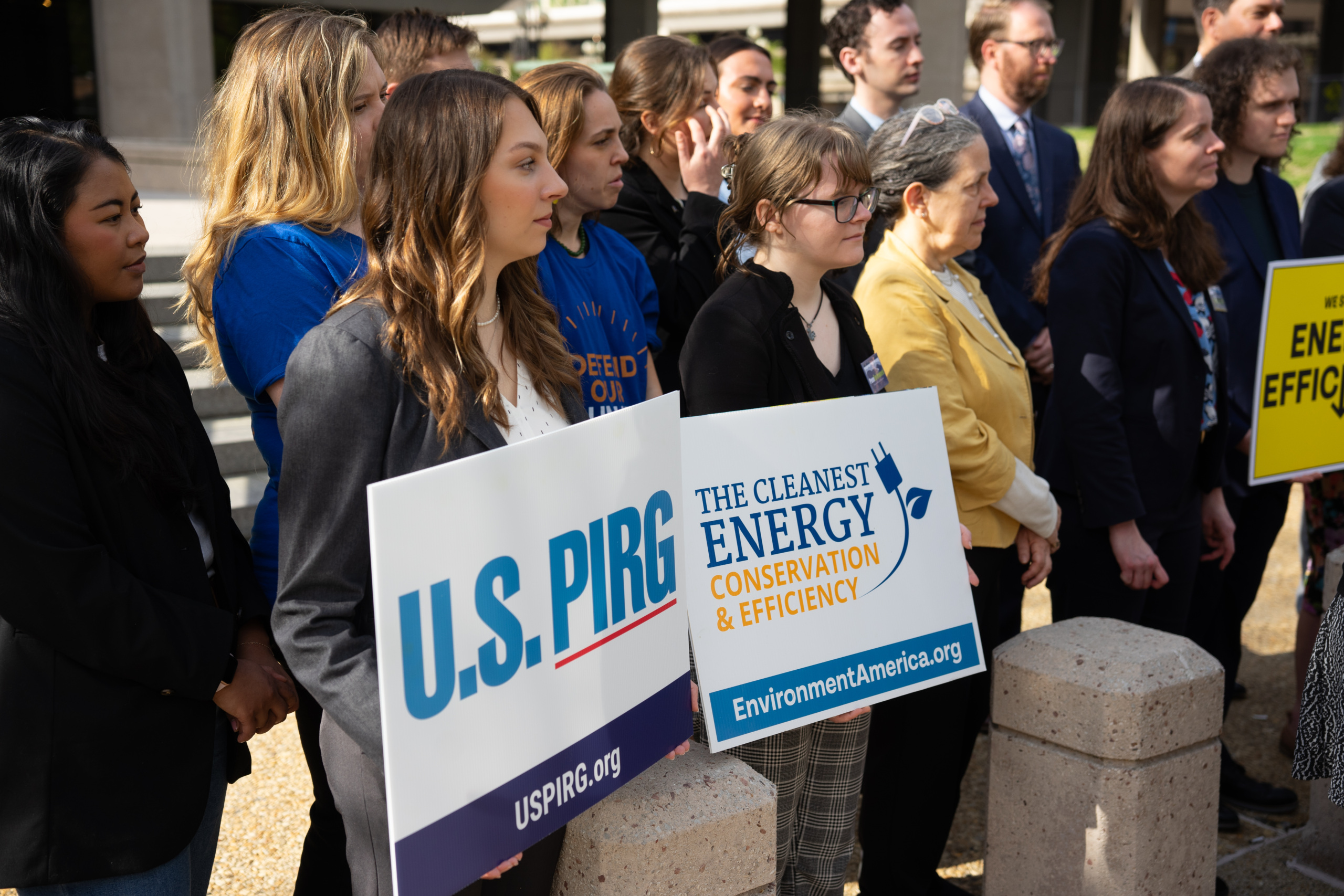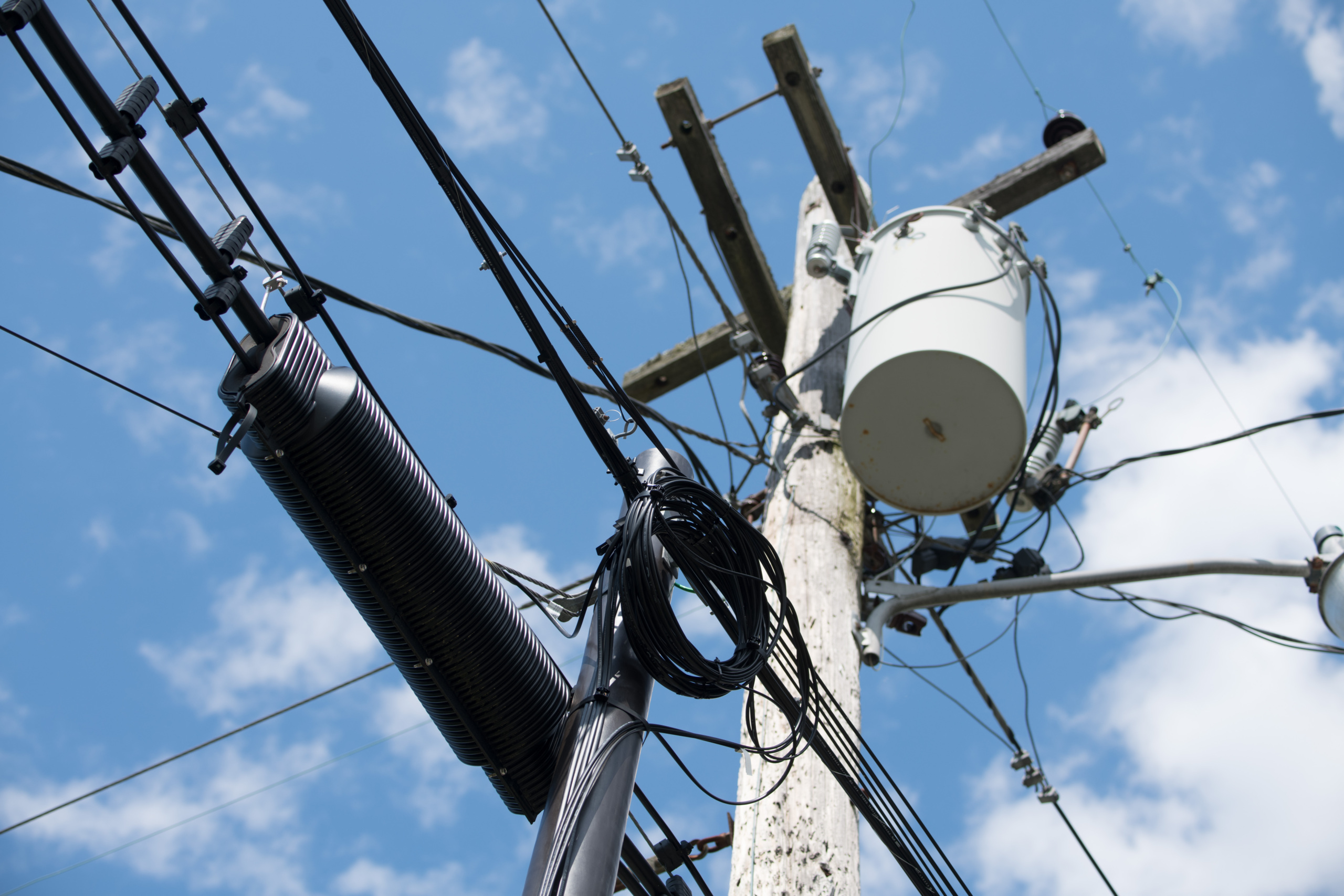
EmPOWER Maryland: How utility schemes have undermined energy efficiency and what we can do about it
As regulated monopolies, utilities have a unique ability to advance their interests — higher rates and profits, slowing the transition away from fossil fuels, and locking in profits on the clean energy transition — through public policy.

Good news! On Thursday, the Maryland State Senate’s Energy Committee voted to support HB864, to update and improve EmPOWER Maryland. The bill has already passed the House of Delegates and now heads to the Senate floor, which means we are one step closer to the bill becoming law.
If we want to hit Maryland’s goal of 100% clean energy by 2035, we have to invest in energy efficiency. Reducing energy waste in our homes and buildings means lower utility bills, warmer homes in winter, cooler homes in summer, and cleaner air for our families.
The EmPOWER Maryland energy efficiency program was established in 2008 with a goal of reducing demand on our electric grid.
- It reduced electrical use 15% by 2015 and has consistently hit yearly energy savings goals ever since.
- The program has been tremendously successful, saving ratepayers $4 billion on their energy bills through incentives and rebates for energy efficiency, with a projected lifetime savings of $12.7 billion.
But we have to update EmPOWER Maryland to align with our climate goals and rightly prioritize reducing pollution by adding new incentives for Marylanders to make the switch to clean, efficient home heating and appliances.
We also need to add protections to the program to make sure consumers are receiving maximum benefits and to prevent utility schemes that harm the program.
Utility Schemes
As we explaiend in our 2022 report, some utilities in Maryland have been making outrageous profits on the program, so we need to make a couple adjustments to the way utilities charge customers to pay for their EmPOWER programs. These changes will lower customer costs by limiting the profits that utilities earn on EmPOWER debt.
As regulated monopolies, utilities have a unique ability to advance their interests — higher rates and profits, slowing the transition away from fossil fuels, and locking in profits on the clean energy transition — through public policy.
Utilities have raked in excessive profits off or EmPOWER because for decades they charged customers for only a portion of their EmPOWER costs each year — and were allowed to earn profits on the unrecovered portion. This may have made sense at first, but has spiraled out of control and some utilities have been fighting against reform the process for years.
- This was like forcing customers to pay for EmPOWER with a utility owned credit-card that had no limit, and high interest.
- By financing the program this way, the utilities diverted ratepayer dollars from the energy efficiency program to pay the interest on the debt.
- In 2022, the Public Service Commission ordered an end to this cost-deferral practice for current EmPOWER costs, shifting towards a pay-as-you-go model for the program over the course of 3 years. But the mountain of debt from previous years remains.
HB864, the EmPOWER Maryland Energy Efficiency Act of 2024 will alleviate this problem in two key ways:
- It give the PSC flexibility to extend the payback period on EmPOWER debt for a couple of years – this will lower annual costs a bit, but give the utilities a couple extra years of profit.
- It lowers the rate of return for utilities. Instead of earning about 9% interest each year on the remaining debt, utilities will earn closer to 4% interest. This is still a healthy return, and has the green light from the Maryland Attorney General.
Anyone who’s had a credit card knows that “buy now, pay later” is not good financial planning. But in 2020 alone, the utilities were earning $55 million in profits off interest, by making ratepayers do just that. Now, the utility executives and an army of lobbyists are trying to convince our legislators that instead of paying off the debt in a responsible way we should kick the can down the road so they can keep raking in profits.
How it plays out:
- In recent years Pepco has earned a return equivalent to about 16% of its program budget while BGE and Potomac Edison earned returns equivalent to over 20% of their annual program budgets.
- For reference, efficiency administrators in Massachusetts, Vermont and Rhode Island, all earn returns equivalent to 5% or less of their program budgets.
In 2020, the Maryland Energy Administration conducted a thorough report on EmPOWER costs and financing. In December 2022 the Public Service Commission issued a ruling that lays out a payback plan on the debt and a shift to pay-as-you-go. In that ruling, the PSC said that the Exelon utilities’ proposal to continue to amortize EmPOWER expenses through 2033 would cause a “dramatic increase in rates” by “postponing costs associated with the transition to an expensing model.”
The PSC’s 2022 order to shift to expensing and pay off the unamortized balance means that ratepayer bills will increase in the nearterm, but will then rightsize, and long term it will save ratepayers hundreds of millions of dollars ($900 million to be precise).
We can’t let utility’s schemes undermine our state’s goals for energy efficiency any longer. It’s time to fix EmPOWER financing and find new and innovative ways to improve energy efficiency in our homes.
We have said it before and we’ll say it again: the cleanest, safest and most affordable energy is the energy we don’t use.
Topics
Updates

Lobby day secures bipartisan support for the Plastic Pellet Free Water Act

Stop The Overuse Of Antibiotics
Panera Bread backs off of no antibiotics policy

Energy Conservation & Efficiency
Groups urge Biden to ‘Finish the job’ on appliance efficiency

Energy Conservation & Efficiency
Transformer efficiency rule leaves energy savings on the table
